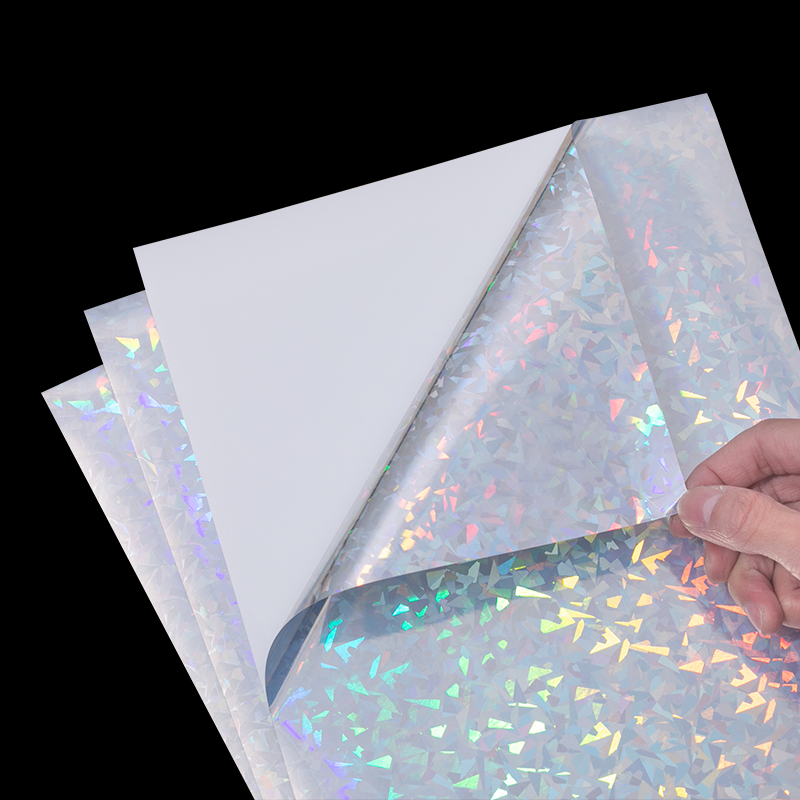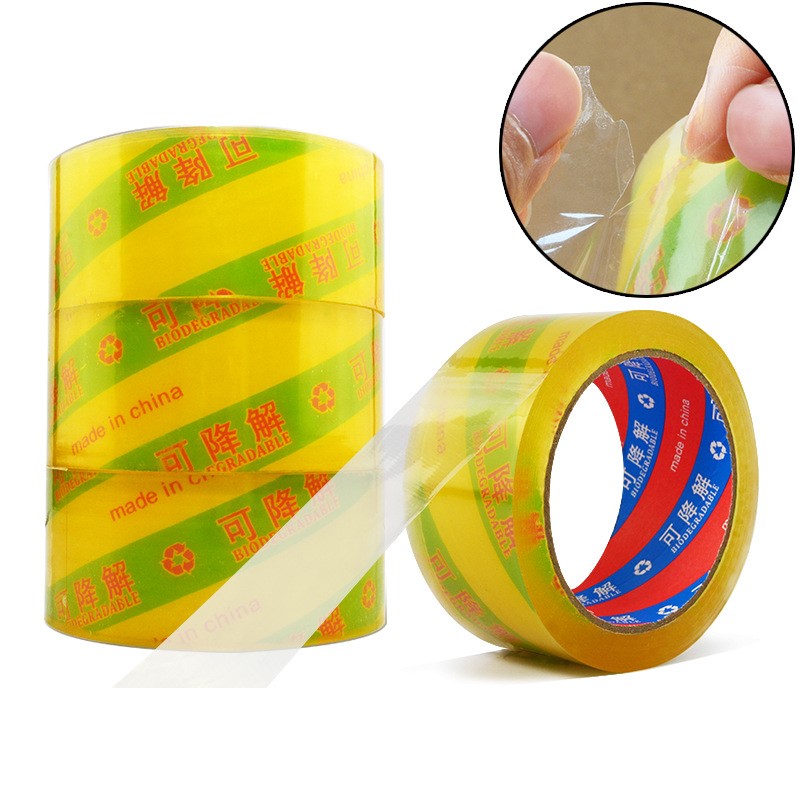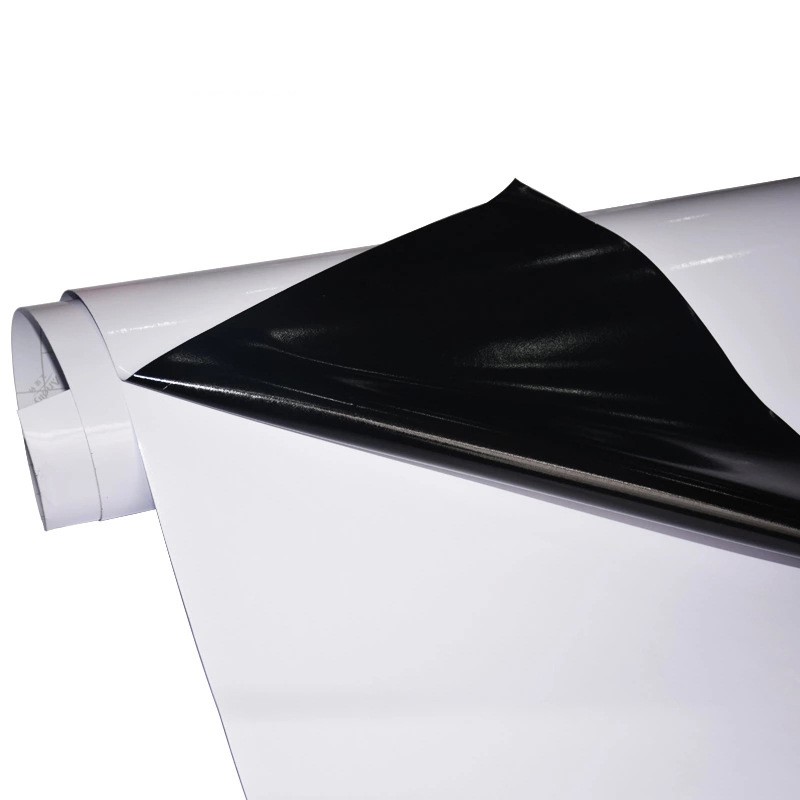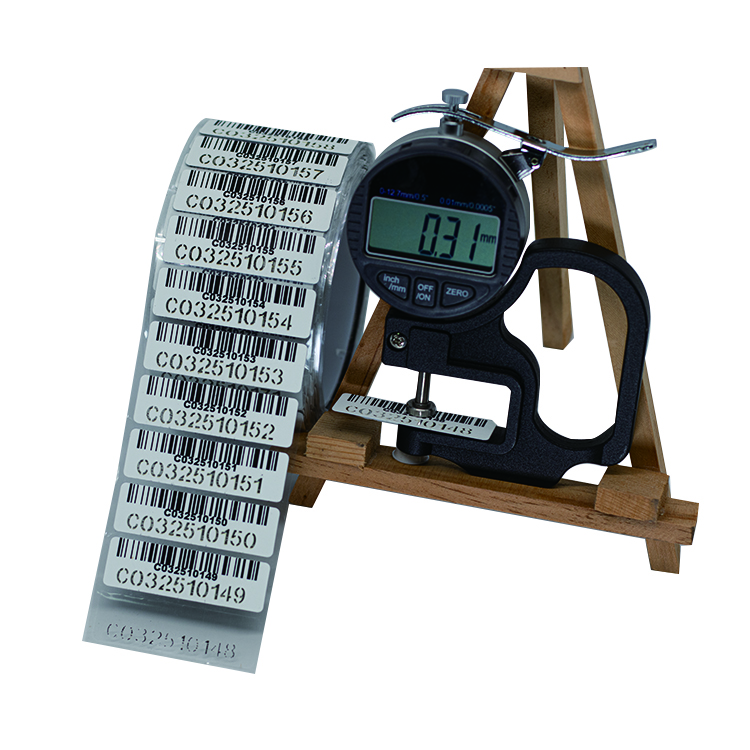
What types of products can adhesive labels be used on?
The use of adhesive labels is very extensive, covering almost all types of products on the market. For example, in daily consumer goods, adhesive labels are used for labeling product information on food packaging; Labeling information such as ingredients and uses in the cosmetics industry; Model and specification specifications on electronic products; Adhesive labels are also commonly used to display information such as medication instructions and production dates for drugs.
In addition, self-adhesive labels can also be customized with materials and adhesives according to different industry standards to meet the bonding needs of extreme temperatures, humid environments, or specific surfaces. For example, in industrial products, high-temperature resistant adhesive labels can be used for mechanical equipment; Adhesive labels made of water-resistant materials are suitable for marking outdoor equipment or aquatic products. In summary, the applicability and convenience of adhesive labels make them an indispensable part of product identification and information transmission.
Misunderstandings in the Use of Adhesive Labels: Five Mistakes You May Not Know
Adhesive labels are an important medium for transmitting product information and are often used in various fields such as product packaging and logistics tracking. But in the process of use, there are generally some misconceptions. Here are five labeling errors that you may not be aware of:
1. Not considering environmental impact: The performance of adhesive labels may be compromised in high or low temperature environments, and storage and usage environments should be taken into account when selecting
2. Neglecting material compatibility: The label material needs to be compatible with the product packaging material, otherwise it may fall off
3. Using expired label adhesive: The adhesive will age over time and its stickiness will decrease. Labels that have exceeded their shelf life may not function properly
4. Neglecting print compatibility: The printer type and ink type that the label is suitable for are limited, and failure to check compatibility may result in poor printing results
5. Not paying attention to surface cleaning: Dust or oil stains on the surface of the product can affect label sticking, and must be cleaned before sticking
Understanding and avoiding these misconceptions about the use of self-adhesive labels can effectively improve the adhesion quality and information display effect of the labels, and achieve the maximum effect of the labels
Oil adhesive sticker material
Oil-based adhesive materials are semi-transparent liquids mainly copolymerized from acrylic ester monomers and imported auxiliary materials. This type of adhesive features good initial adhesion, strong holding power, high peel strength, and excellent freeze resistance. Oil-based adhesive materials are widely used in various adhesive applications, such as the coating and manufacturing of BOPP sealing tape, labels, trademarks, stationery tape, cloth tape, double-sided tape, and electrical tape.
Specifically, due to their excellent adhesion and stability, oil-based adhesive materials perform well when affixing nameplates, trademarks, and other materials such as paper, leather, and glass onto various surfaces. Additionally, oil-based adhesive materials have good aging resistance and environmental protection properties, are non-toxic and odorless, and meet the environmental requirements of modern industrial production.
It should be noted that with the improvement of environmental protection standards, oil-based adhesive materials are also continuously being improved and upgraded in terms of environmental protection to meet a wider range of application needs. At the same time, when using oil-based adhesive materials, it is important to follow relevant safety operating procedures to ensure production safety and product quality.
We offer comprehensive technical support, including free professional labeling solutions, advice on label materials and adhesive selection, as well as online/offline assistance from professional software and hardware engineers. Service email: andy@ownlikes.cn. In pre-sales, we leverage our extensive experience in specialty labeling projects to provide clients with the most suitable hardware solutions. Additionally, all our label barcode printers and scanners come with a three-year free warranty, demonstrating our confidence in our products.






This site is protected by reCAPTCHA and the Google Privacy Policy and Terms of Service apply.